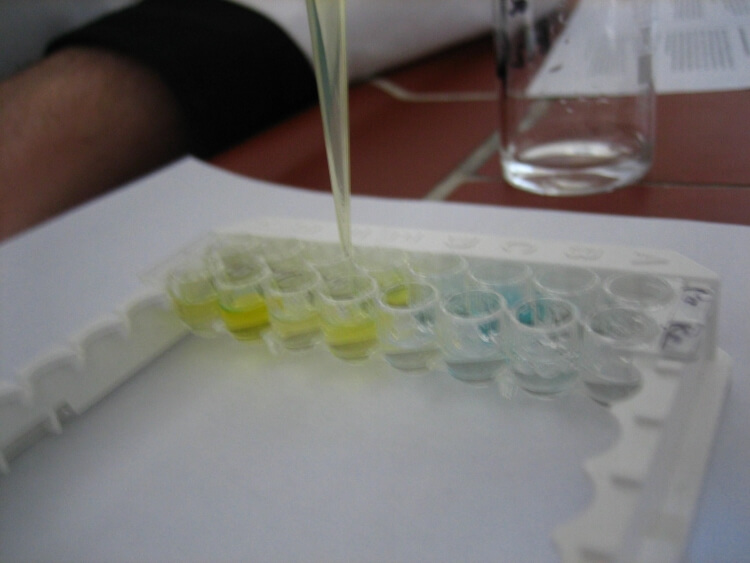2906
Human Glutamate Receptor, Ionotropic, N-Methyl-D-Aspartate 2D (GRIN2D) ELISA Kit
Human Glutamate Receptor, Ionotropic, N-Methyl-D-Aspartate 2D (GRIN2D) ELISA Kit
O15399
sandwich
12 months
0.123ng/mL
0.312-20ng/mL
Homo sapiens human
tissue homogenates and other biological fluids.
ELISA Enzyme-linked immunosorbent assays Code 90320007 SNOMED
This product is available in other size, contact us for more information
EB11,NMDAR2D,NR2D,N-Methyl-d-Aspartate Receptor Subunit 2D,Glutamate [NMDA] receptor subunit epsilon-4
E05 478 566 350 170 or Enzyme-Linked Immunosorbent Assays,E05 478 566 350 170 or Enzyme-Linked Immunosorbent Assays,Human proteins, cDNA and human recombinants are used in human reactive ELISA kits and to produce anti-human mono and polyclonal antibodies. Modern humans (Homo sapiens, primarily ssp. Homo sapiens sapiens). Depending on the epitopes used human ELISA kits can be cross reactive to many other species. Mainly analyzed are human serum, plasma, urine, saliva, human cell culture supernatants and biological samples.
A methyl group is an alkyl derived from methane, containing one carbon atom bonded to three hydrogen atoms — CH3. In formulas, the group is often abbreviated Me. Such hydrocarbon groups occur in many organic compounds. It is a very stable group in most molecules. While the methyl group is usually part of a larger molecule, it can be found on its own in any of three forms anion, cation or radical. The anion has eight valence electrons, the radical seven and the cation six. All three forms are highly reactive and rarely observed,The receptors are ligand binding factors of type 1, 2 or 3 and protein-molecules that receive chemical-signals from outside a cell. When such chemical-signals couple or bind to a receptor, they cause some form of cellular/tissue-response, e.g. a change in the electrical-activity of a cell. In this sense, am olfactory receptor is a protein-molecule that recognizes and responds to endogenous-chemical signals, chemokinesor cytokines e.g. an acetylcholine-receptor recognizes and responds to its endogenous-ligand, acetylcholine. However, sometimes in pharmacology, the term is also used to include other proteins that are drug-targets, such as enzymes, transporters and ion-channels.
